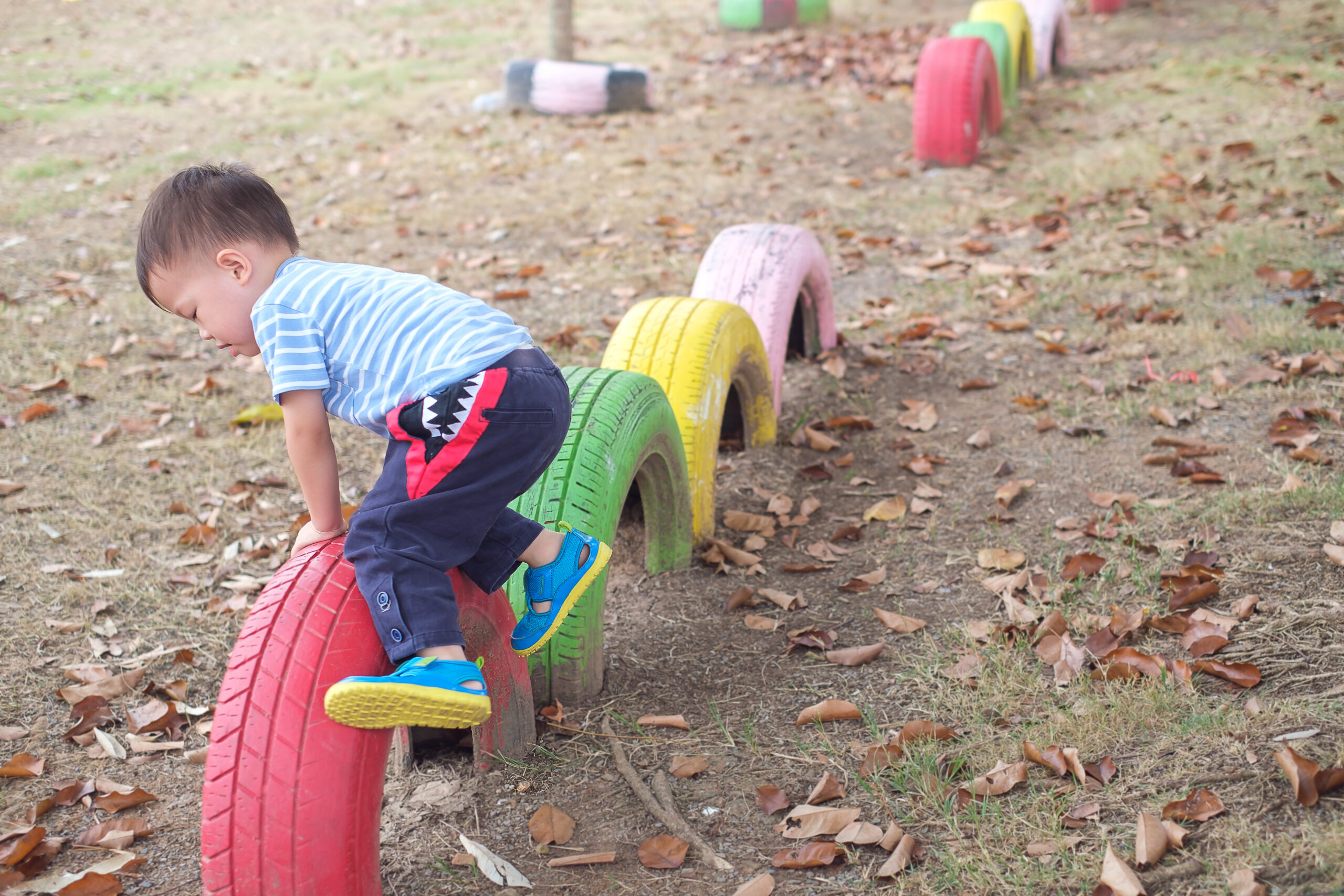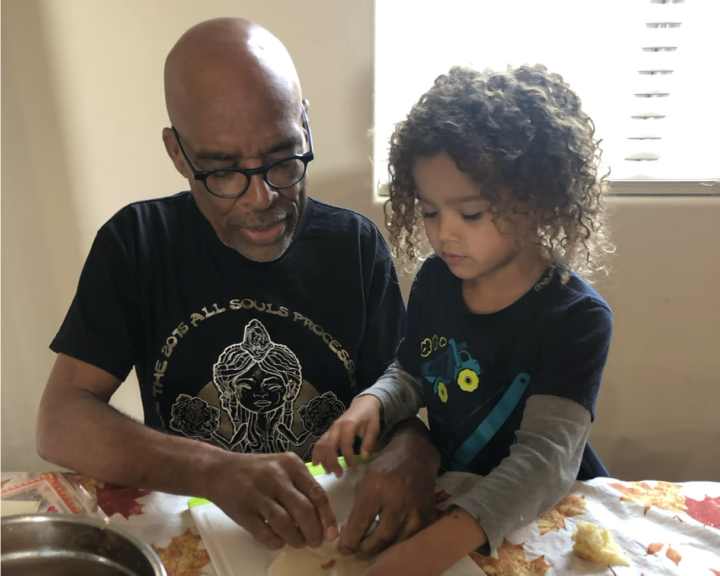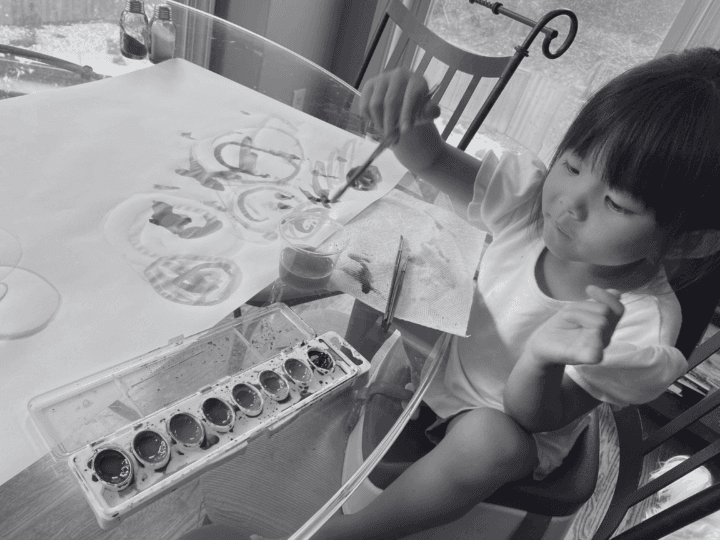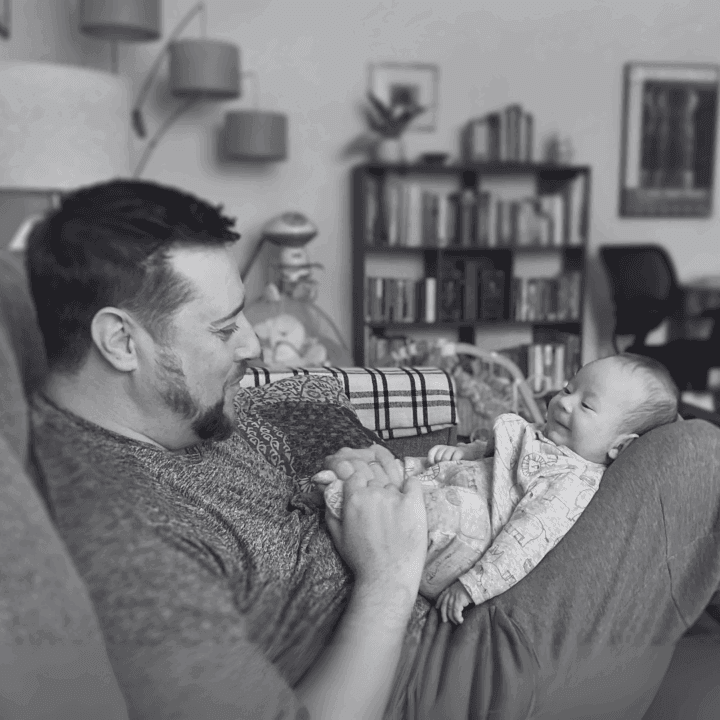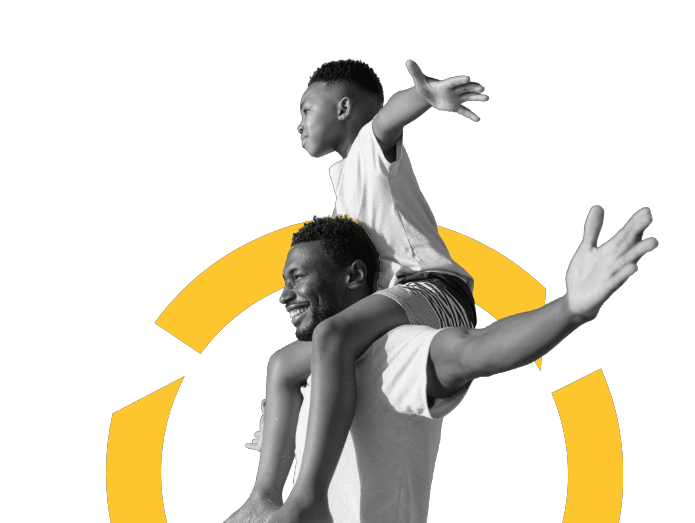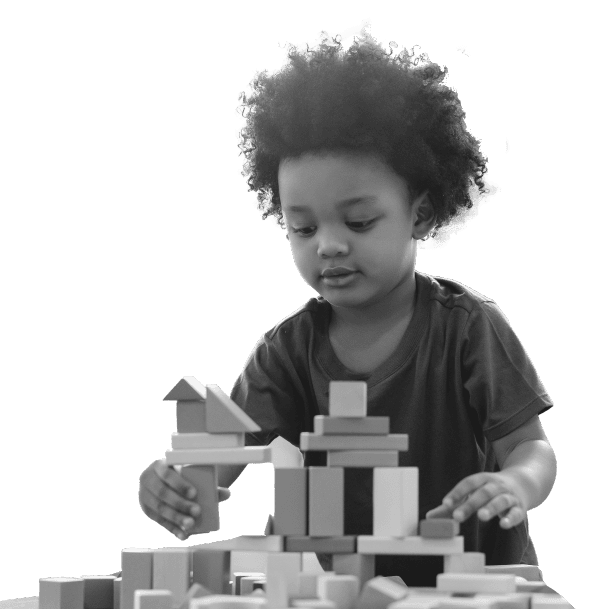By Julia Connolly, a member of our LFC team, about Simple Rule #5: Safe.
Opening Reflection
Breathe deeply, ground yourself, and tune into the space you’re in right now. Use your physical senses to observe. What do you see, hear, and smell? How are these elements contributing to how you’re feeling? As you take another breath, shift your attention to your emotional senses. What’s your state of mind? Are you energized, tired, achey, hungry? Are you alone in the space or are others present? If others are present, how are they showing up — in terms of their demeanor, body language and so on? How are you experiencing their presence? How is your emotional state and that of others affecting the overall feeling of the environment?
Over the last several months, we have explored LFC’s simple rules that guide healthy relationships and interactions. We now move into the next section of 11 Simple Rules to Create Thriving Communities for Children and look at the rules that guide us as we create healthy emotional and physical spaces for ourselves and for young children. Let’s consider the first one — safe.
Think about your initial reflection: were your body or mind settled or unsettled? Was someone else contributing to how you were experiencing the space? Was something in your immediate environment making you feel safe or unsafe? Both the physical and emotional environment impact our experience. Our youngest children pick up on these cues but may not have the language to describe their feelings.
Often when we hear the word “safe,” we think about freedom from the potential of physical harm. It’s much less common that emotional well-being comes to mind. Yet while physical threats receive more attention, our brains can’t easily distinguish them from emotional ones and so we tend to react to both the same way. That’s why in this month’s episode of The Leading for Children Podcast, we explored emotional safety — what its absence and presence feel like and how it contributes to equitable, empowered, and respectful environments for adults and children alike.
What is the impact of an unsafe emotional environment?
In an emotionally unsafe space, we may feel the impact in our bodies before it even registers in our minds. Our muscles might tense, our breathing speeds up or becomes shallow, or we may feel sick to our stomach. We might just feel like something is “off” or we’re not at ease. This often leads to questioning whether we have the smarts to participate or worries that we will be misunderstood, judged, or rejected. The ripple effect is often feelings of isolation or loneliness — the antithesis of connecting with others. This can, in turn, mean trying to navigate a situation in a protected or defensive way, rather than with mutuality, camaraderie, or collaboration.
In the podcast conversation, Nichole reflected on a major transition she experienced as a preteen. She left the small town where she comfortably attended a segregated middle school with only friendly and familiar faces. The shift meant starting 7th grade in a new city, at a large, racially and socioeconomically diverse middle school where she was taking advanced classes for the first time. In this unknown and overwhelming space, she struggled to ground herself.
I remember this feeling of not being safe emotionally. It wasn’t something that anybody did. It was just that everything was so new to me. And I think what created the space of un-safety was that no one saw that it was a significant learning curve.
To 7th-grade Nichole, this lack of attunement by others to her experience meant “everybody just feels like I should be fine, so I should be fine.” The assumption is a ubiquitous one, and it not only leads people to feel unsupported and alone, but also causes them to mistrust their perception of what is and isn’t safe.
Judy shared a story about her first job after college where, in retrospect, she didn’t carefully evaluate whether the space was safe.
I was encouraged by people in a higher position than me to speak freely about a problematic situation and offer my idea for a solution. I really trusted them and so I felt safe enough to do so. But when I did, I was fired by a senior administrator for insubordination.
This example of an unsafe emotional environment is nuanced and challenging to identify in real life. Judy perceived her situation as safe, depended on those she trusted to guide her, and neglected to carefully assess the situation, looking at the possible consequences. When the outcome was losing her job, she felt betrayed and powerless. Despite the consequences and all these years later, she asserts that she would still speak up. What she’d change is her approach. Now, she recognizes that there is mutuality in every space — our actions always have an impact — so she would have exercised agency and asked those trusted individuals about underlying risks.
As adults in the lives of children, we seek to build connections with those around us to create thriving communities. We encourage assuming positive intent — to aspire to positive outcomes. We know that many spaces are not safe. While it may feel easier to disconnect to protect ourselves, we strongly advocate using our voices to speak up, ask questions, and exercise our power to be active decision-makers and shape environments that are safe. This is how we change systems. Even in the presence of strong power differentials, there can be mutuality in creating safe environments.
What is the impact of an emotionally safe environment?
An emotionally safe environment is cultivated when the people in it feel supported by one another. By connecting in honest, open, trusting, two-way relationships and interactions, we feel seen, cared about, and uplifted. With that network strengthening us, there is room to freely explore ourselves and our surroundings.
Young children rely on the adults in their ecosystem to set this tone of support — to create spaces that invite growth. Judy and Nichole identified that, as children, they had several key adults who showed up as their fierce advocates, helping them develop resilience and navigate life with confidence and curiosity.
Nichole was reminded of a time when her 1st grade teacher could have easily created an unsafe environment by exercising judgment and disciplining her, but instead showed kindness, understanding, and care, creating a safe space where she could grow.
I remember her observing me read a Harlequin romance novel on the playground because what do you read? You read what you have. And the very next day when I got to school, there were books for children waiting for me. Wow! And I don’t know if she understood how safe and respected and held that made me feel in that moment.
A simple act can convey deep respect and support, and can resonate with someone for their entire life. Think about a time someone showed up for you in a transformative way. What made the experience so memorable?
How do emotionally safe environments look in action?
This conversation reminded Nichole of a poignant quote an LFC colleague in Alabama shared with her once: “Safety is not the absence of threat — it is the presence of connection.”
Sometimes, even the most meaningful spaces and relationships can feel scary or uncomfortable. What supersedes the discomfort and allows for deeper connection and value to build is the willingness from all sides to take risks and practice vulnerability.
Vulnerability is not weakness — it takes courage to express it but when we do, opportunities to be seen more clearly and met with greater empathy and kindness emerge; the capacity of our environment to hold us as we learn about ourselves, think and act creatively, and nurture our relationships with others expands.
Here are some strategies you can use to help environments you’re in feel safer:
- Notice in your body and mind how it feels to speak up in different environments. Note the lessons this observation offers you and think about how they can guide you as you create spaces for children.
- Practice a mindset of being teammates with those you are in relationships with, working collaboratively toward a shared goal.
- Stay curious. Ask questions instead of drawing judgments or conclusions.
- When you realize you have made a mistake or hurt someone, take the opportunity to say “I’m sorry.”
- Ask yourself — is some kind of threat preoccupying my mind and preventing me or another from freely exploring the space we’re in?
- Look for others who appear isolated and out of their comfort zone. Offer support by being curious about their experience and inviting them to participate with you.
Think back to the exercise we began with — tuning into your space physically and emotionally is empowering. It offers us information so that we have choices about how to move forward. Today, try to hold onto that experience and use strategies to create safe spaces for yourself and others. And remember that even when you perceive strong power dynamics, you can challenge yourself to find mutuality and exercise agency.
